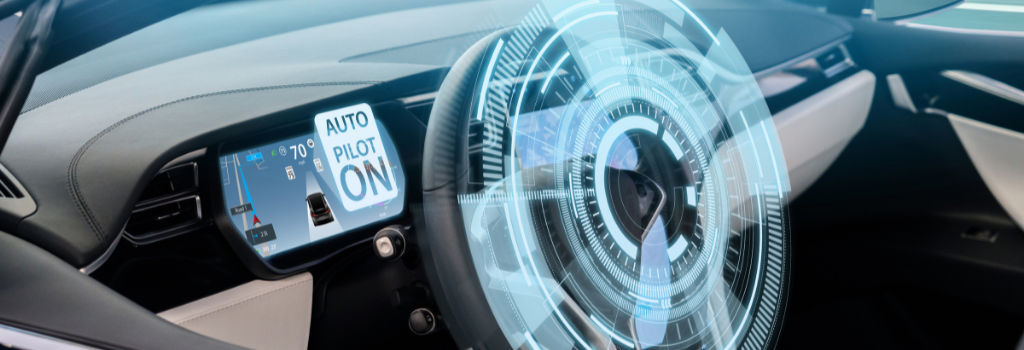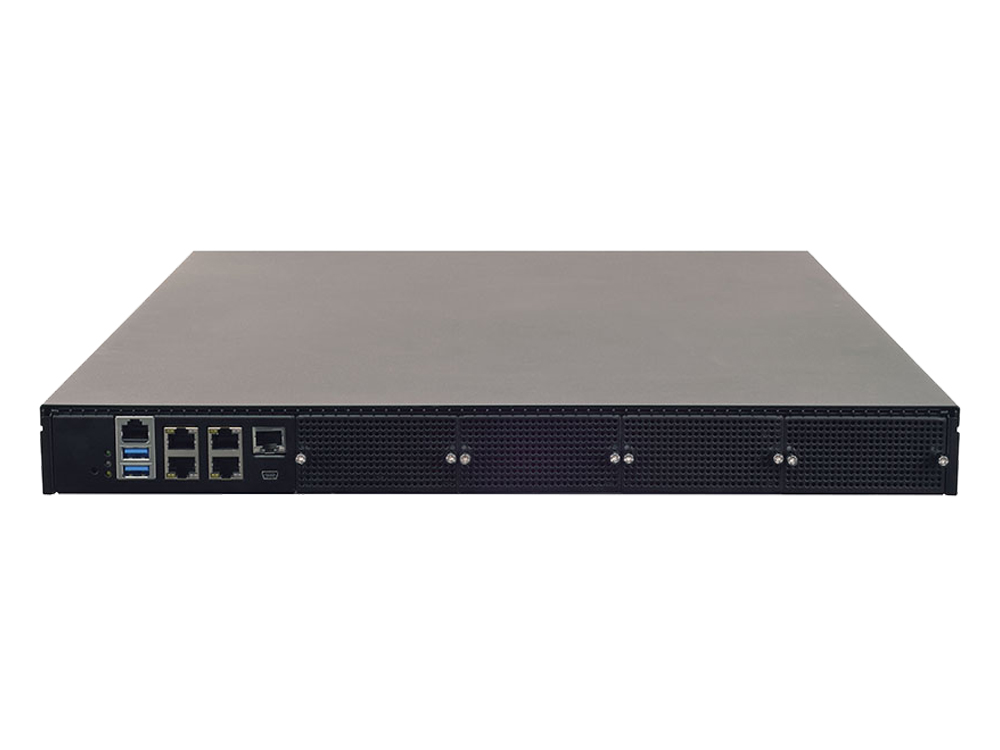Background
Recent technological advancements in machine learning, artificial intelligence, and computer vision have enabled manufacturers to greatly increase self-driving capability in vehicles. The major benefits of autonomous vehicles include lowering fuel consumption, reducing CO2 emission, and decreasing congestion. Major automaker companies, technology giants, and specialist start-ups have continued to invest and develop autonomous vehicles, and have even begun testing their driverless cars in many regions in the US and EU.
The advent of the 5G network is one of the most crucial development for autonomous vehicles. The technology allows car owners to gather and process massive amounts of sensor data, like RADAR, LIDAR, GPS in real-time, and even communicate with other cars on the road. This benefits autonomous vehicles by making cloud computing reliably assist connected cars in making decisions to ensure the safety of everyone on the road.
Requirements
Lanner is currently involved in several autonomous driving projects, including traditional car vendor as factory-installed solutions, and startup companies as innovative self-driving solutions. At times, self-driving vehicles may need two computers – one image processing computer that processes the large amount of data delivered from the sensors to provide perception. This data is then transferred to another execution computer that analyzes the data and determines vehicle operation. The innovative self-driving computers need to meet the following requirements:
Image / Data Processing Computer
Multiple I/O ports – Autonomous vehicles require a variety of sensors, such as high-resolution cameras, LiDAR, radar, and GPS to perceive their surroundings and record raw data for further analytics. Lanner’s in-vehicle series boost an abundance of I/O peripheral interfaces with multiple PoE ports, video outputs ports, serial COM ports, and GPS.
Rich Connectivity – Multiple wireless network connectivity is a must for the computing solution to remain connected to the internet, sensors communication, and offloading data to the cloud. Lanner’s vehicle computers provide Gigabit Ethernet ports, mini-PCIe slots for LTE modules, in addition to swappable dual SIM slots for failover connectivity.
Shock & Vibration Resistance – Lanner’s in-vehicle series are compliant with E13 standard and passed MIL-STD-810G shock and vibration resistance certifications to endure challenging vehicle deployments.
Wide temperature support – Temperature is another concern when installed within a vehicle and Lanner’s in-vehicle computers can support wide temperature rang from -40 to 70°C.
Execution / Driving Computer
High-Performance Computing Power – Autonomous vehicle computing solutions must be equipped with a powerful multi-core processor to process and compute the data. Powered by Intel Xeon Scalable Processor, Lanner’s perception computers for driverless vehicles provide workload-optimized platforms with built-in AI acceleration.
Scalable Memory Storage –With an enormous amount of data acquisition, the vehicle systems must have high capacity, scalable storage options, to deliver low latency and handle rapid retrieval of random data. Lanner’s computing appliance is equipped with scalable internal HDD/SSD and mSATA storage options.
Remote Management – High-speed connectivity options is a given requirement, not only for uploading data to the cloud, also for continuous deployment through over-the-air updates. Lanner’s NCA-5520 has built-in onboard IPMI for remote network configuration management, enable WAN efficiency, chassis management, and remote firmware updates.
Compact Design – Compact design allows easy integration into all vehicle types, from trucks to passenger vehicles. NCA-5520 is a compact 1U form factor with a powerful processer.

Solutions
Lanner’s V3S vehicle computing solution supports multiple interfaces to log data from a variety of sensors including 2x serial COM ports, 2x video output by DVI-D, USB and Digital I/O ports, 6x RJ-45 ports (4 with PoE or 2 with PoE+), and optional CAN bus. Featuring Intel® AtomTM x7-E3950 processer, V3S consumes low volume of power with plenty of power to process and compute. To enable wireless connectivity, V3S provides a mini-PCIe slot for LTE modules in addition to another slot for a dual SIM card reader. V3S is compliant with E13 standard and has passed MIL-STD-810G shock and vibration resistance certifications to ensure proper operations when traveling on non-flat surfaces. Its wide operating temperature range allows for durable usage in environments where temperatures range from -40 to 70°C. V3S ruggedized computing system is the ideal solution for autonomous vehicles.
The NCA-5520, powered by 2nd gen Intel® Xeon® Processor Scalable Family and Intel® C626 or C621 chipset, features optimized computing power, high data transmission, and virtualization capacity in a compact 1U form factor with high-port density. With its support for up to 384GB DDR4 system memory at 2666 MHz, the NCA-5520 greatly maximizes packet processing efficiency and cryptography acceleration. It has built-in onboard Intelligent Platform Management Interface(IPMI) for remote management, enable WAN efficiency, chassis management, network configuration, and remote firmware update, without compromising on security. The LAN expansion is made possible by way of its 4x NIC module slots that offer support for 10G/25G/40G/100G fiber/copper/bypass specifications, such versatility and scalability make NCA-5520 the perfect hardware solution for network traffic management and autonomous vehicle computer system.








